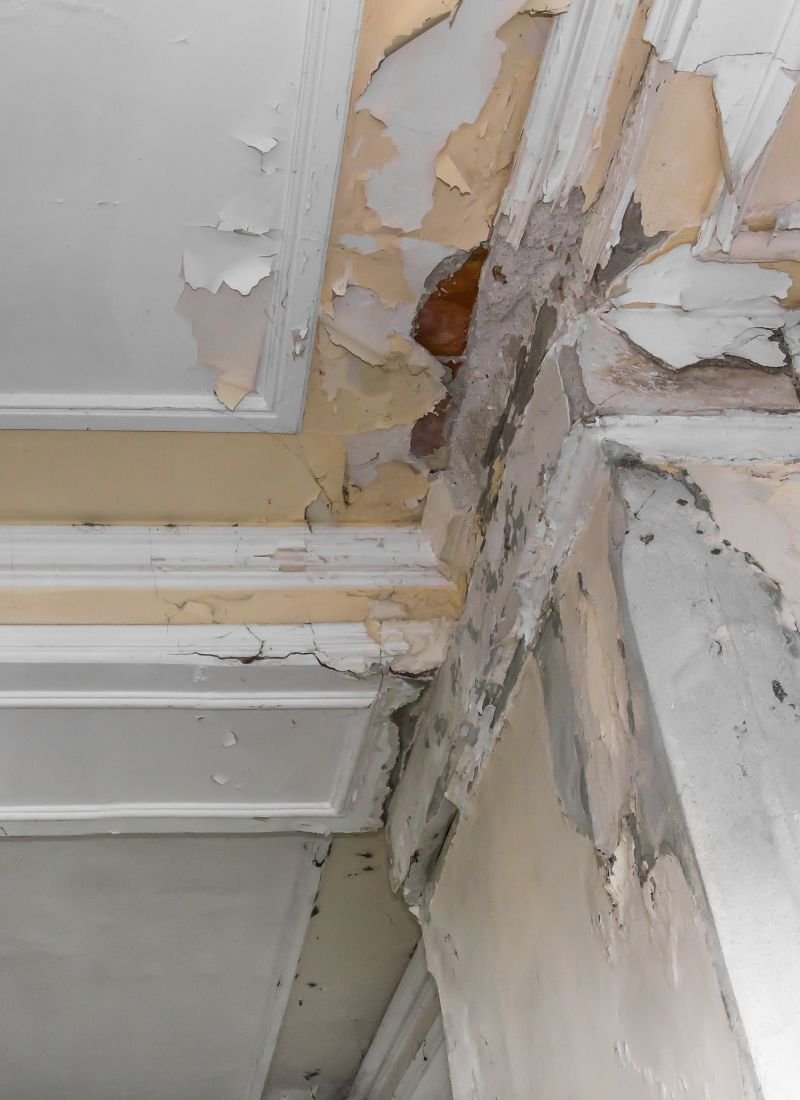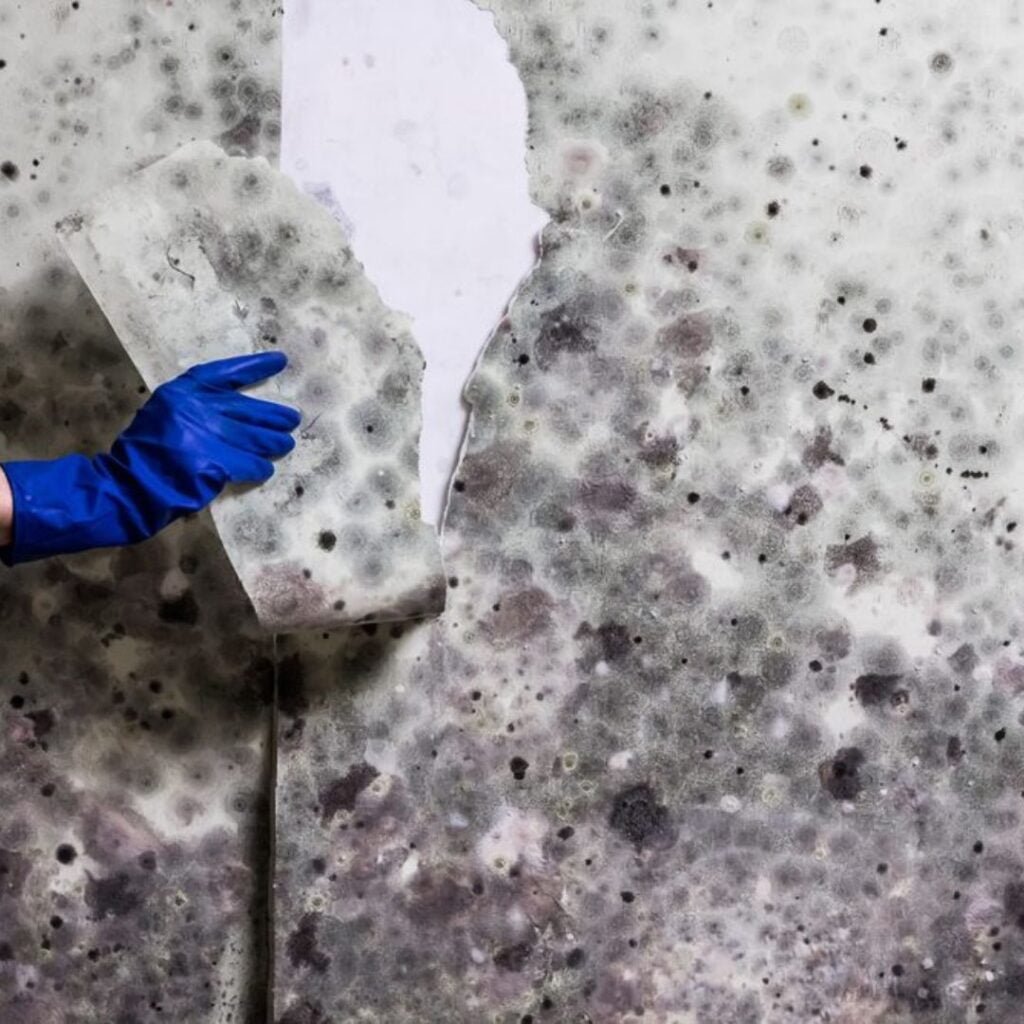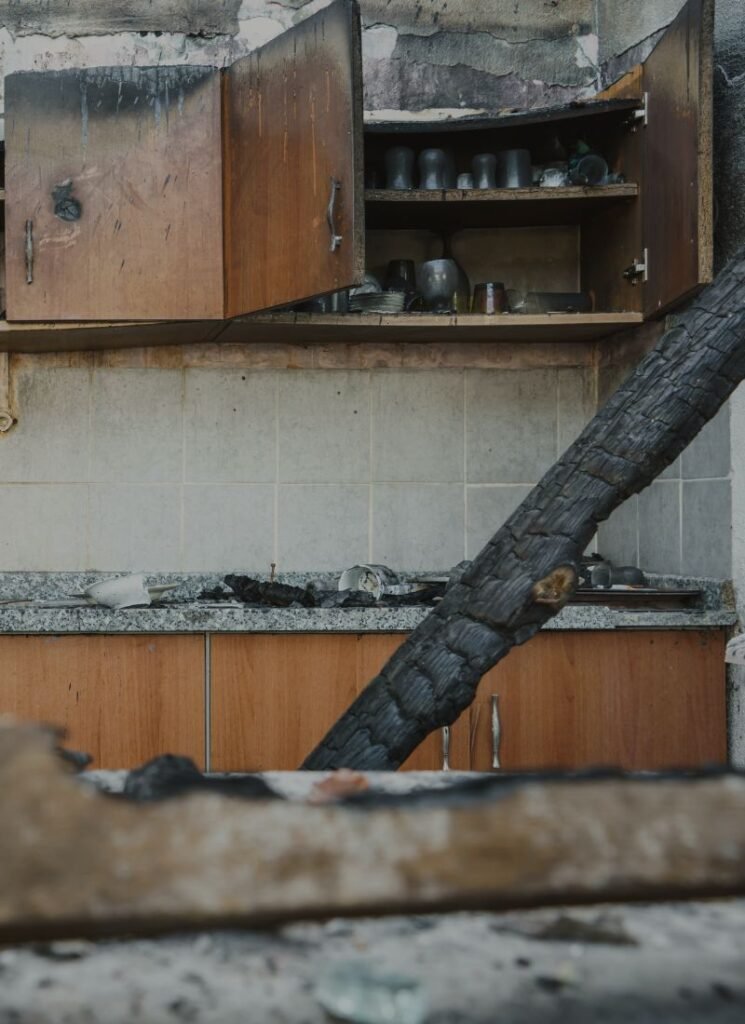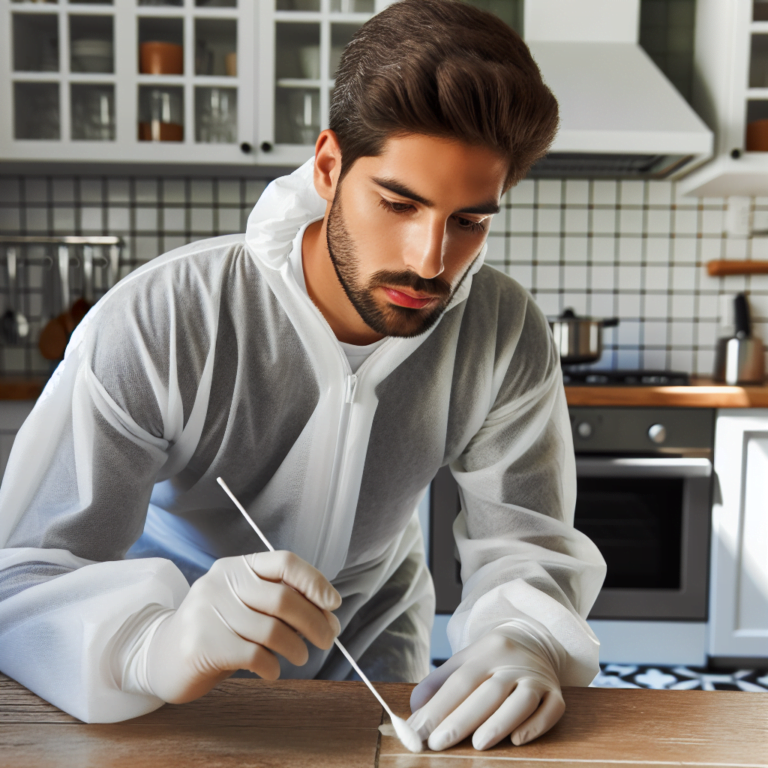The process of mold removal itself is intricate, requiring protective gear, specialized equipment, and attention to detail. When dealing with mold issues, it is crucial to entrust the task to trained professionals who follow these procedures diligently.
“Don’t put off until tomorrow what you can do today; procrastination is the thief of time.”
—— Charles Dickens
Mold infestations in homes and commercial buildings can be both damaging and hazardous to health. Effective mold remediation is a meticulous process that involves a series of well-defined steps. In this essay, we will explore the comprehensive procedures employed by a restoration company for mold remediation, with a particular focus on the intricate process of mold removal.
The initial step in mold remediation is a thorough assessment and inspection of the affected area. Skilled professionals assess the extent of mold contamination, identify the type of mold present, and evaluate the overall damage. This assessment guides the development of a tailored remediation plan.
To prevent mold spores from spreading to uncontaminated areas, the restoration company establishes containment measures. This includes using plastic sheeting and creating negative air pressure within the affected space to isolate it. The goal is to prevent cross-contamination during the removal process.



Mold Removal
Mold removal is the heart of the remediation process and involves a detailed procedure:
Personal Protective Equipment (PPE)
Technicians don appropriate personal protective equipment, including masks, gloves, and suits, to safeguard themselves from exposure to mold.
HEPA Filtration
High-efficiency particulate air (HEPA) filtration devices are used to capture airborne mold spores.
Physical Removal
Mold is physically removed from surfaces using specialized tools and techniques. Scrubbing, scraping, and sanding are employed to ensure thorough removal.
Dismantling and Disposal
In cases of severe infestations, porous materials like drywall, insulation, and flooring may need to be dismantled and safely disposed of. This minimizes the risk of mold recurrence.
Vacuuming
HEPA vacuum cleaners are used to clean the space and surfaces, ensuring that any remaining mold spores are captured and removed.
Cleaning and Sanitization
After mold removal, thorough cleaning and sanitization of affected surfaces are performed. Professional cleaning agents are used to disinfect and eliminate any residual mold spores. This step is vital to ensure a safe and habitable environment.





